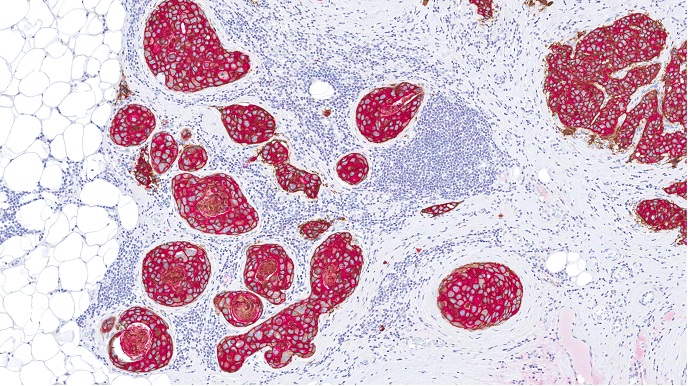Fighting rare diseases with new methods for clinical trials
In Europe, nearly 30 million people suffer from a rare disease – or one that affects less than one in 2 000 of the general population. In such settings where numbers are scarce, the large clinical trials typically used to evaluate new drugs and treatments are infeasible – if not impossible. As a result, new approaches for designing such studies, along with improved methods of data analysis, are needed. To answer this need, the INSPIRE (Innovative methodology for small populations research) project brought together international experts in innovative clinical trial design from across the globe. Together, they helped develop new methods for the design and analysis of clinical trials in rare diseases and small populations defined, for example, by a rare genetic marker. ‘This project developed methods that enable more reliable results to be obtained from clinical trials more quickly, ultimately leading to improved healthcare for these small population groups,’ says project coordinator Nigel Stallard. ‘New methods include the combination of trial data with information from other studies, adaptive trial designs that allow the most efficient use of the data and optimal decision-making processes that allow a conclusion to be made as quickly as possible.’ Designing a better study The INSPIRE project developed novel statistical methodology in the two broad areas of efficient study design and improved analysis and evidence synthesis. Within the first area, researchers focused their attention on two specific problems: a) determining optimal designs for confirmatory studies using decision-theoretic and value of information approaches, and b) the design of confirmatory studies for personalised medicines. In the second area, researchers shifted their attention to developing new methods for incorporating pharmacokinetics (PK) and pharmacodynamics (PD) data into early-phase dose-finding studies and for meta-analysis methods in small trials or small numbers of trials. ‘In the area of efficient study design, we developed analysis and optimal design approaches for trials that assess targeted treatments based on genetic features or other biomarkers,’ explains Stallard. ‘These trials enable the simultaneous identification of subgroups of patients for which the benefit/risk balance of a treatment is positive and confirms the treatment’s effectiveness for these patients without compromising statistical or scientific integrity.’ Stallard adds that the project also developed new decision-making methods for small population clinical trials. ‘In particular, we explored the use of a Bayesian decision-theoretic framework to compare the costs of clinical trial evaluation with the potential benefits to current and future patients, assessing how the cost-benefit balance differs between large and small patient populations, which let us optimise our design approaches,’ he says. A new method for analysis On the analysis side of the equation, the project developed improved meta-analysis methods for synthesis of evidence from a small number of trials as would be common in a small population. These methods can be used to support the planning, analysis and interpretation of a trial, as well as enable extrapolation between patient groups. The novel approaches have already been applied in a review of studies on sporadic Creutzfeld-Jakob disease. ‘We have also worked on innovative designs for early phase clinical trials and for extrapolation from adult to paediatric studies, developing methods that enable the use of PK and PD data to help determine which doses to use both in the study as it progresses and for further evaluation,’ explains Stallard. ‘Our new methods in this area let us better estimate the dose-response curve parameters without increasing the number of patients in the study who receive sub-optimal doses.’ This work has led to a novel design for an ongoing clinical trial in prevention of seizures in neonates.







